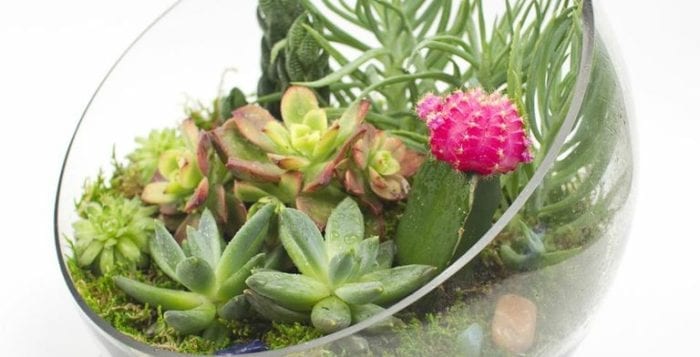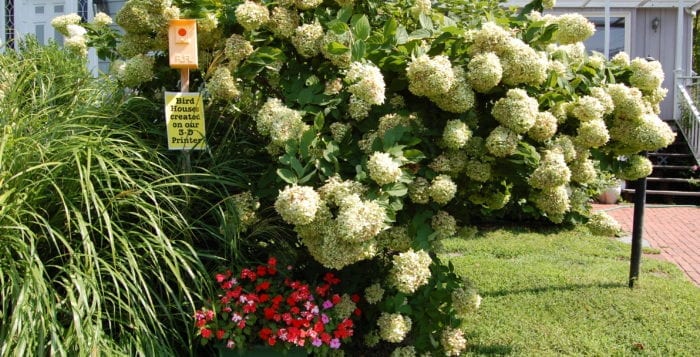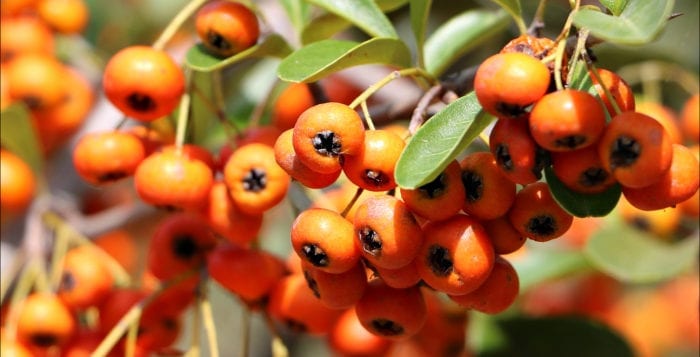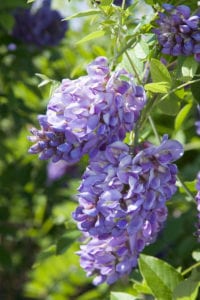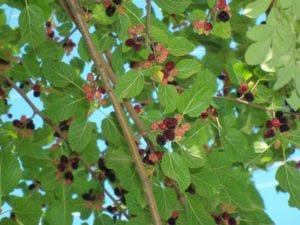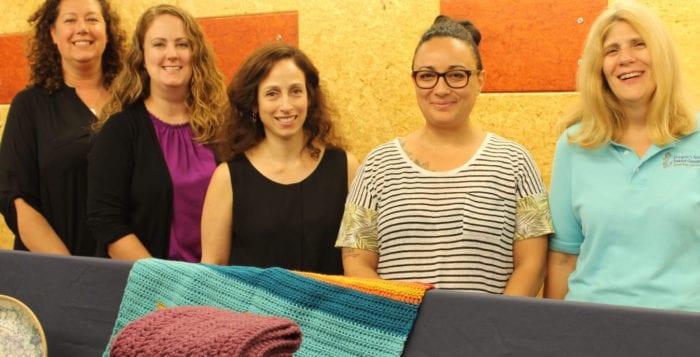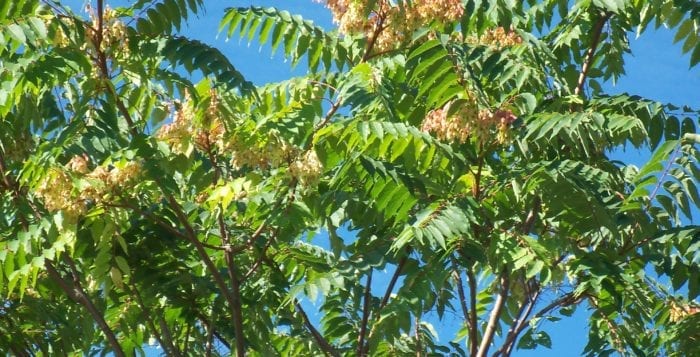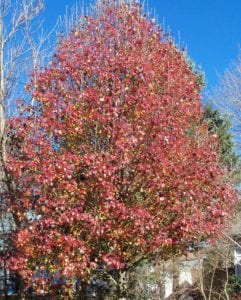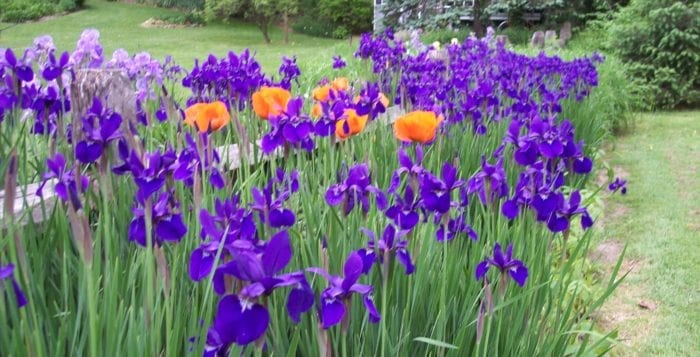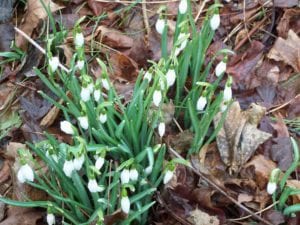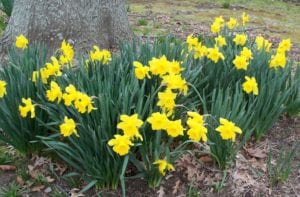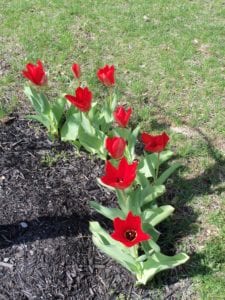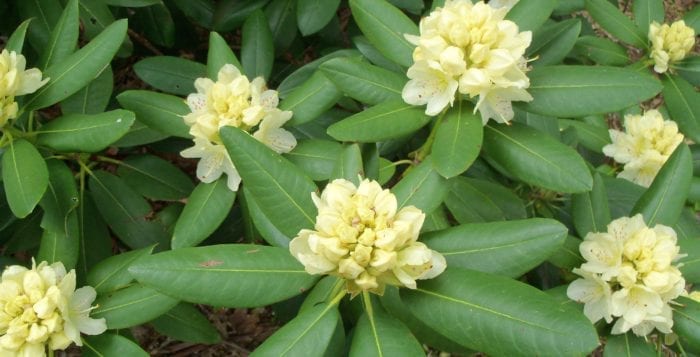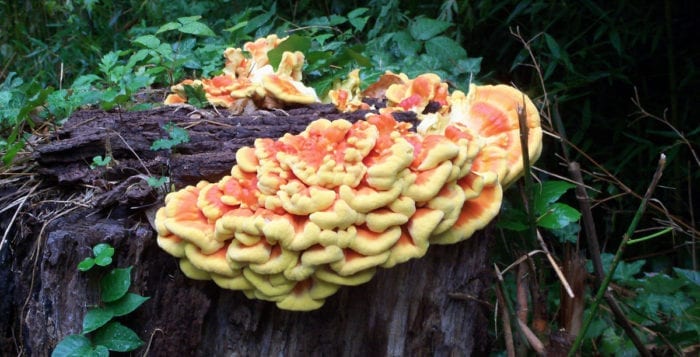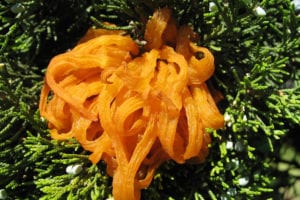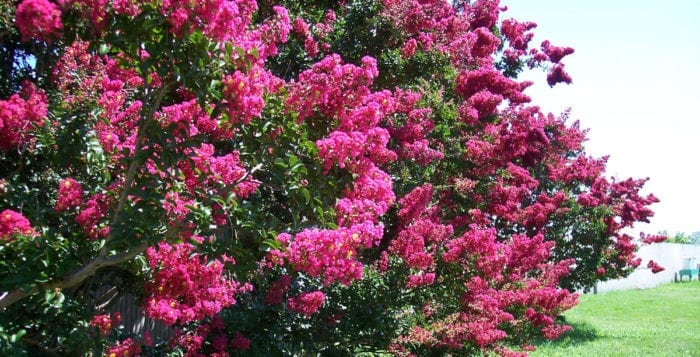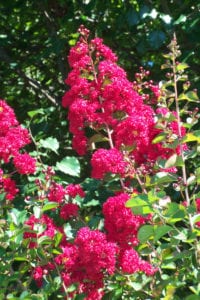By Ellen Barcel
If you have limited growing space or just love plants indoors, consider setting up a terrarium. It’s also an ideal project for children since it needs minimum care and is small enough that they don’t feel overwhelmed by large plants.
Usually a terrarium is a closed clear glass container that creates its own little ecosystem. This cuts down on work, especially watering. The water evaporates from the plants and soil and then “rains” down on the plants inside. You need to be able to open the container for maintenance and to let it dry out a bit if there’s too much water in it. A closed terrarium can also be made from a plastic container. You just want it to be clear so that light easily penetrates.
You can also set up an open terrarium, which has no cover. Whether you decide to use a cover for the terrarium depends on what type of plants are used. If you fill the terrarium with succulents and cacti, leave it open and water perhaps once or twice a month. Nothing kills a cactus quicker than too much moisture. A container with a narrow neck is not really suited for an open terrarium as it will hold too much water in. A narrow neck container is also difficult to plant and tend. If you use plants that require weekly (or more) watering, then use a cover to create a closed system.
Ideal plants for a closed terrarium include woodland and tropical plants. Generally, terrarium plants are those found in the indoor (houseplant) section of a nursery. They tend to be smaller and therefore fit in the container better. Also, remember that the air inside a closed terrarium can become quite warm, making it ideal for tropical plants. Black mondo grass makes quite a statement against other green plants, but it does grow to over a foot tall, so works in a larger terrarium. Iron cross begonia is stunning with its red and green leaves. It needs sufficient humidity; so don’t plant it in with your succulents or cacti.
When selecting potting soil, select one designed for terrariums (peat moss, vermiculite and perlite). Do not use garden soil for several reasons. One, potting soil has been sterilized so that no pathogens are introduced into the terrarium. Two, garden soil most likely contains weed seeds, something you do not want to introduce into the system. Put a layer of pebbles on the bottom, then the potting soil on top to increase drainage. Outside of swamp plants, you don’t want to drown roots. No wet feet!
When selecting plants, make sure that they all have similar requirements: the same amount of fertilizer, sunlight, room temperature, etc. So, read the plant tags carefully. Remember that virtually all plants have some need for light, but some want full sun (six or more hours of sunlight) while others tolerate a fair amount of shade.
When selecting the container for your terrarium, keep in mind the weight of soil, glass, plants, water, etc. — large terrariums can get quite heavy. If you plan to occasionally move it, take the weight into consideration. How much can you comfortably lift without damaging the terrarium and yourself.
Terrariums can range in size from tiny to enormous. I’ve seen coffee tables designed as terrariums, hanging terrariums, some that look like tiny greenhouses, fish tanks, jars and even coffee pots. So select the container with an eye to your home decor. You can also decorate the outside of the container seasonally: red bows for Christmas, pastel ones for spring, tiny American flags for Independence Day. Tiny statuary are ideal for terrariums as are unique specimens or rocks or gravel, especially if you collected them on a vacation. A glass butterfly could be affixed to the inside of the container as well.
Just because your terrarium is a closed ecological system, it doesn’t mean you can ignore it forever. Plants may grow too large for the enclosure you selected. You may need to cut some of them back or move them to a larger container periodically. If your terrarium is covered, it should be an easily removable cover. You may need to occasionally add some water — this could be as seldom as every three to six months. You need to occasionally add some fertilizer to the plants. Again, because these are small plants, which grow slowly, this, too is seldom. If you see any hint of mold, remove that plant immediately and discard. Ditto for plants that show signs of other diseases.
If you decide to use your terrarium occasionally as a centerpiece on your dinner table, remember to put it back into its ideal growing spot, or you may wind up with leggy plants if the terrarium no longer gets enough sun.
Ellen Barcel is a freelance writer and master gardener. To reach Cornell Cooperative Extension of Suffolk County and its Master Gardener program, call 631-727-7850.

